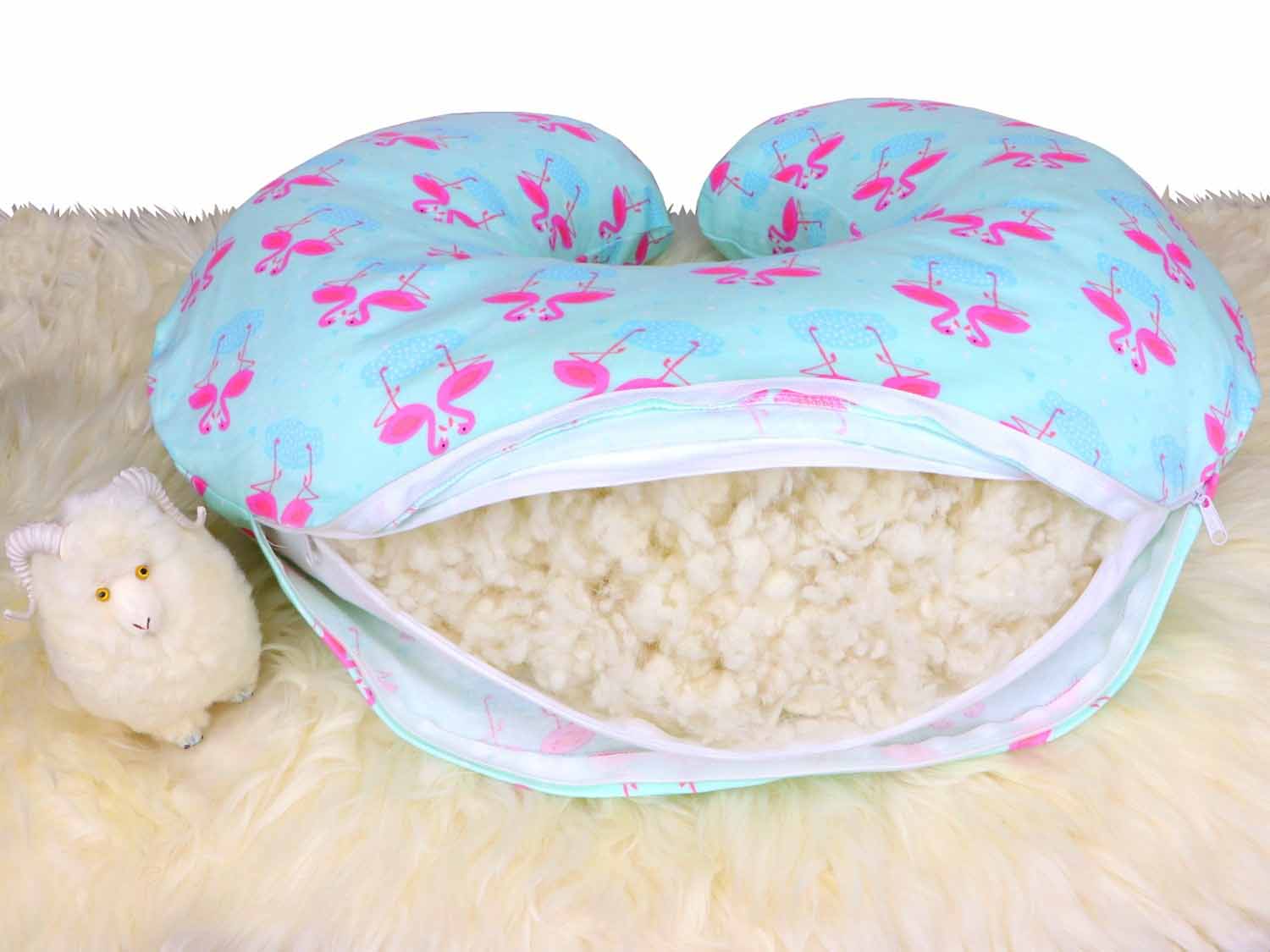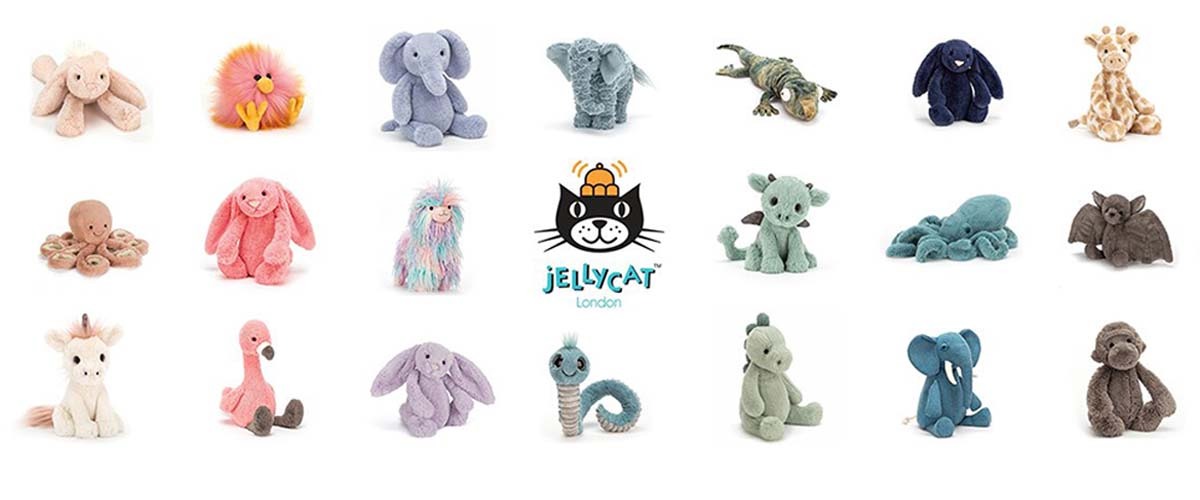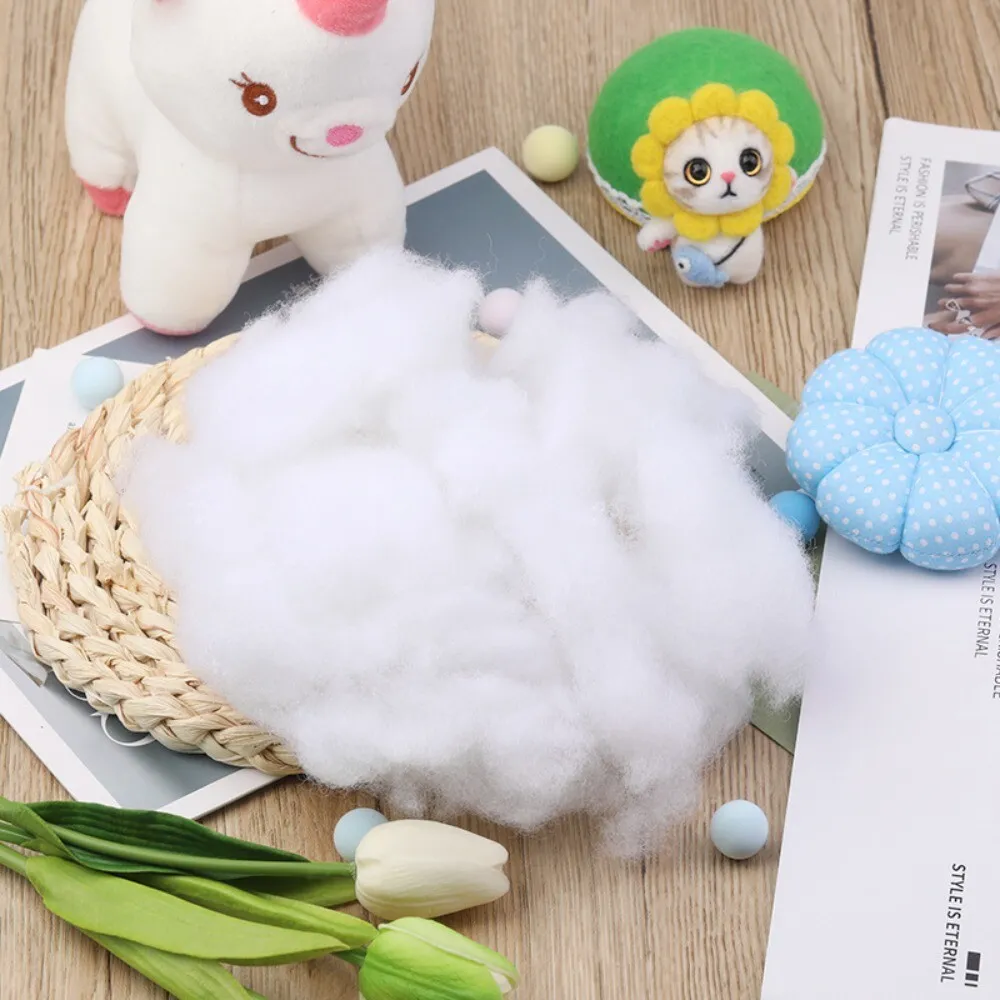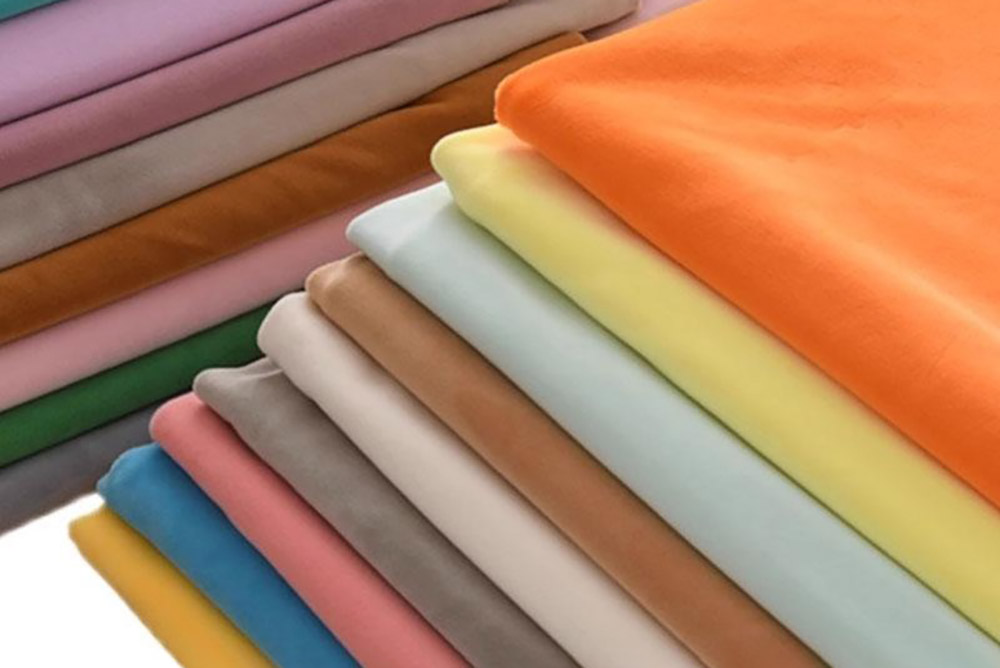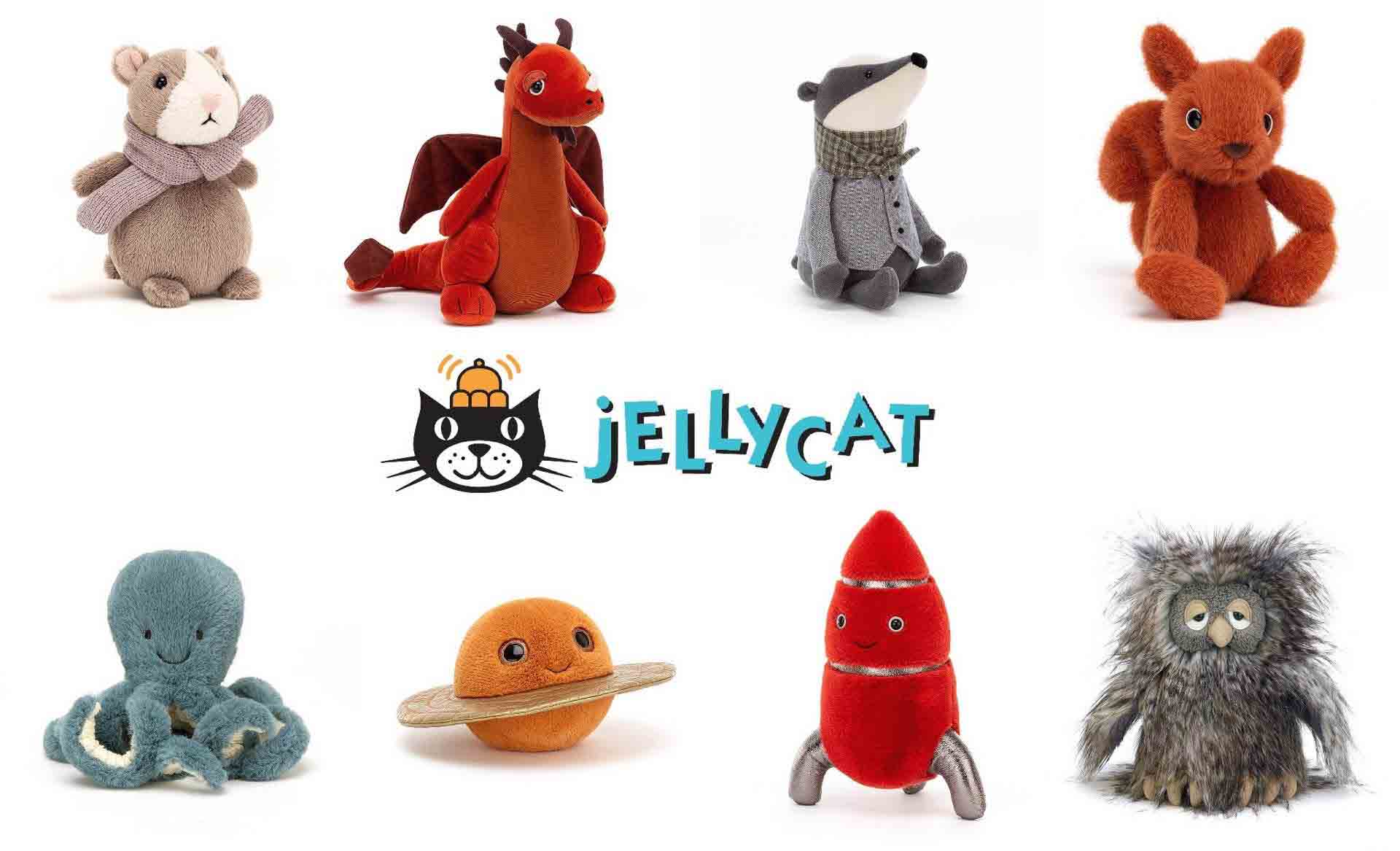Some people ask whether rice can be used inside stuffed animals instead of traditional fiberfill. Rice gives weight and texture, and in some cases it creates a calming, therapeutic effect. However, rice filling also comes with challenges related to safety, hygiene, and durability.
This guide explains what happens when plush toys are filled with rice, how it compares with other stuffings, and what buyers should consider before choosing this unusual option.
What Happens When Stuffed Animals Are Filled with Rice?

When rice is used as a filling, the stuffed animal feels heavier and denser compared with toys filled with polyester fiberfill. The toy does not feel as fluffy or bouncy but instead has a grounded weight. This makes the toy function more like a bean bag or weighted object rather than a soft cuddle plush.
Rice can be distributed across the toy or placed in specific sections, such as the hands, feet, or belly, to give balance. Some therapeutic plush toys use rice to create a calming sensory effect. However, because rice is an organic grain, it is not washable, and it can attract moisture or pests if not stored properly.
Rice as a Stuffing – Overview
| Characteristic | Effect in Plush Toy | Buyer Note |
|---|---|---|
| Texture | Dense, grainy | Not fluffy like fiberfill |
| Weight | Adds heaviness | Useful for weighted toys |
| Comfort | Firm, less huggable | Not ideal for infants |
| Washability | Not washable, can mold | Needs dry care only |
| Longevity | Shorter lifespan | Higher risk of spoilage |
How Does Rice Filling Compare to Polyester Fiberfill and Other Common Stuffings?

Polyester fiberfill is the most common stuffing material used worldwide. It is lightweight, fluffy, washable, and hypoallergenic. Compared with polyester fiberfill, rice is heavier, less comfortable, and not washable. While rice provides weight, fiberfill provides softness.
Other specialty fillings such as foam and plastic beads can achieve weight without the hygiene risks of rice. Foam adds bounce and resilience, while beads provide controlled heaviness. Cotton is a natural option but is more expensive and may clump over time.
For commercial buyers, polyester fiberfill remains the safest and most reliable choice. Rice filling is better suited for small-scale crafts rather than mass production.
Rice vs Other Stuffings
| Material | Softness | Weight | Washability | Durability | Common Use |
|---|---|---|---|---|---|
| Rice | Low | High | No | Low | Weighted DIY toys |
| Polyester Fiberfill | High | Low | Yes | High | Standard plush toys |
| Foam | Medium | Medium | Limited | High | Cushions, structured toys |
| Plastic Beads | Low | High | Yes | High | Weighted plush, therapy |
| Cotton | Medium | Medium | Limited | Medium | Natural/eco plush |
Are There Safety Concerns with Using Rice Inside Plush Toys?

Yes. Safety is the biggest issue with rice stuffing. Because rice is an organic grain, it can attract insects, mold, or bacteria if exposed to humidity. This makes it unsuitable for toys that need to meet strict safety standards like CE (Europe) and ASTM (USA).
For children under three years old, rice-filled toys are unsafe because the toy cannot be machine-washed and may develop hygiene risks. In addition, if the seams break, loose rice could become a choking hazard.
Toy factories that export globally rarely use rice filling because it is difficult to certify under international safety regulations. Buyers must understand that using rice in plush toys limits their ability to sell in regulated markets.
Key Safety Issues with Rice Filling
| Risk Factor | Concern | Buyer Impact |
|---|---|---|
| Hygiene | Attracts mold, insects | Fails long-term safety compliance |
| Washability | Cannot be machine-washed | Reduces consumer trust |
| Choking Hazard | Loose grains if seams open | Dangerous for small children |
| Certification | Hard to pass CE/ASTM | Limits sales in global markets |
What Role Does Rice Filling Play in Weighted or Therapeutic Plush Toys?

Despite its risks, rice has been used in weighted plush toys designed for therapy or stress relief. Weighted toys help calm anxiety, support sensory therapy, and give comfort to children with special needs. The heaviness of rice mimics the soothing pressure of a weighted blanket.
In many cases, though, rice has been replaced by safer alternatives like plastic beads or glass microbeads, which provide the same weight without hygiene issues. Some therapeutic plush toys may still use rice in DIY or small-batch production, but large factories prefer certified fillings that are washable and durable.
Weighted plush toys continue to grow in popularity as both comfort items and therapeutic tools. However, when designing for retail markets, it is better to choose certified bead fillings over rice.
Rice in Weighted Toys – Pros & Cons
| Aspect | Advantage | Limitation |
|---|---|---|
| Weight | Provides natural heaviness | May be unevenly distributed |
| Cost | Low, easily available | Higher long-term maintenance |
| Therapeutic Use | Calming sensory effect | Cannot be certified for children |
| Durability | None – breaks down with time | Short lifespan compared to beads |
How Do Humidity and Storage Conditions Affect Rice-Filled Stuffed Animals?

Humidity is the biggest enemy of rice filling. Rice naturally absorbs moisture from the air. In humid conditions, rice inside a stuffed animal can swell, clump, and eventually mold. This not only damages the toy but also creates a health hazard.
Storage is also critical. Rice-filled toys must be kept in dry environments, away from damp areas. Even with careful storage, they are not suitable for long-term use in humid climates.
This makes rice a poor choice for global shipping and retail. Toys may pass quality checks in the factory but arrive moldy at the customer’s location if stored in poor conditions. For exporters, this risk is simply too high.
Impact of Humidity on Rice Filling
| Condition | Effect on Rice Filling | Buyer Risk |
|---|---|---|
| High Humidity | Rice absorbs moisture, molds | Product failure, complaints |
| Low Humidity | Rice stays dry but still non-washable | Limited durability |
| Storage Issues | Damp warehouses cause spoilage | Inventory loss |
| Transport Risks | Shipping in variable climates | Unpredictable quality |
What Alternative Fillings Offer Similar Benefits Without the Risks of Rice?

Buyers looking for the weight and calming effect of rice can choose safer alternatives. The most popular are plastic beads, glass beads, and micro-ceramic pellets. These fillings are washable, durable, and certified under CE/ASTM standards.
For eco-friendly buyers, options include organic cotton, bamboo fiber, and RPET fiber (recycled polyester). While these do not provide weight like rice, they offer softness and sustainability. In some cases, factories combine bead weight with eco-fiber stuffing to achieve both heaviness and softness.
Choosing alternatives ensures compliance, durability, and consumer satisfaction—without the risks of rice filling.
Safer Alternatives to Rice
| Filling Type | Benefit | Market Appeal |
|---|---|---|
| Plastic Beads | Weighted, washable, certified | Therapy plush, collectibles |
| Glass Microbeads | Smooth weight, premium feel | High-end weighted toys |
| Ceramic Pellets | Durable, safe, hypoallergenic | Long-lasting therapeutic toys |
| Organic Cotton | Natural, chemical-free | Eco-friendly markets |
| RPET Fiber | Recycled, sustainable polyester | Sustainable global brands |
Conclusion
Filling a stuffed animal with rice can add weight and texture, but it brings major risks for hygiene, safety, and durability. For global buyers, safer alternatives like polyester fiberfill, plastic beads, glass beads, or eco-friendly fibers are far better options for compliance and long-term value.
At Kinwin, we help buyers choose the right stuffing for their market—whether it’s standard fiberfill for softness, beads for weight, or eco-friendly fibers for sustainability.
📧 Contact us at :[email protected]
🌐 Visit kinwintoys.com
Let’s discuss your next plush project and find stuffing solutions that ensure safety, durability, and customer satisfaction.


